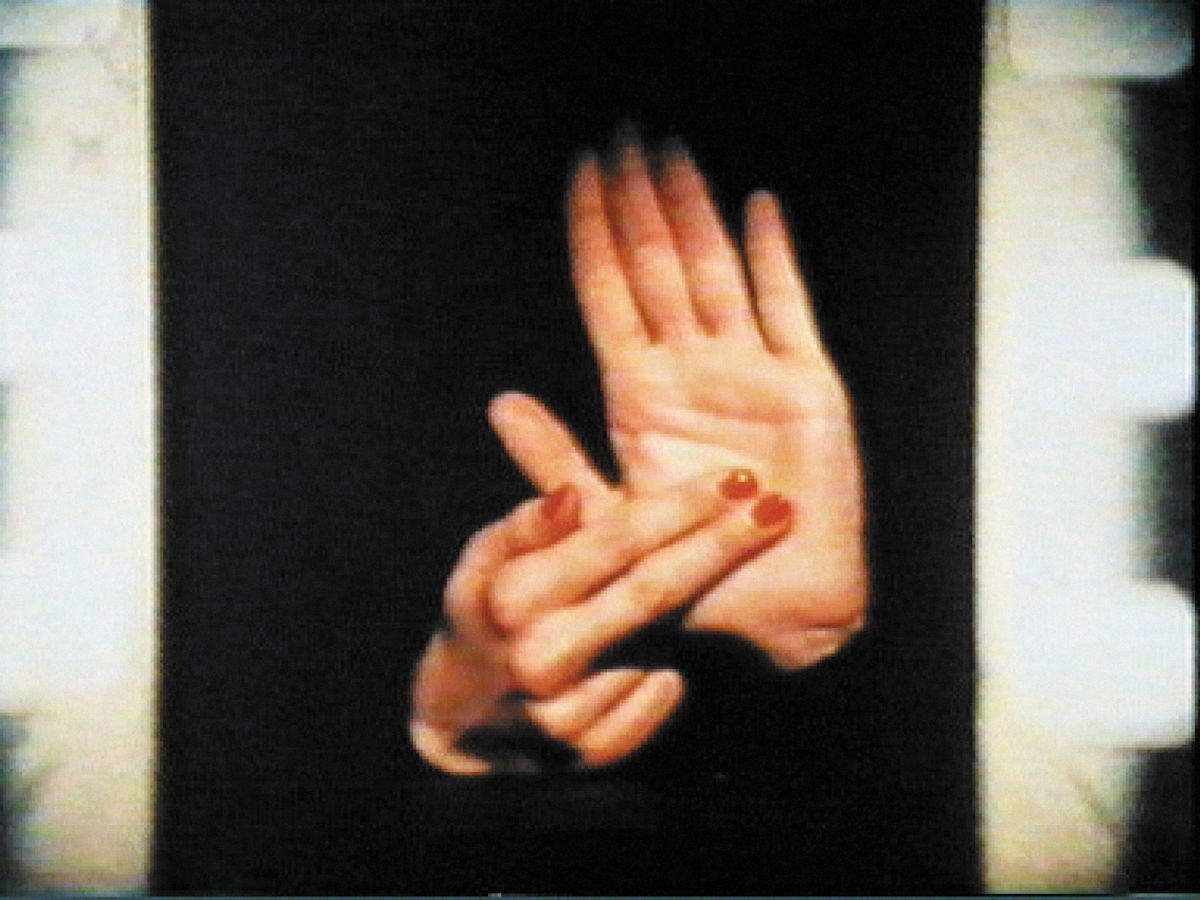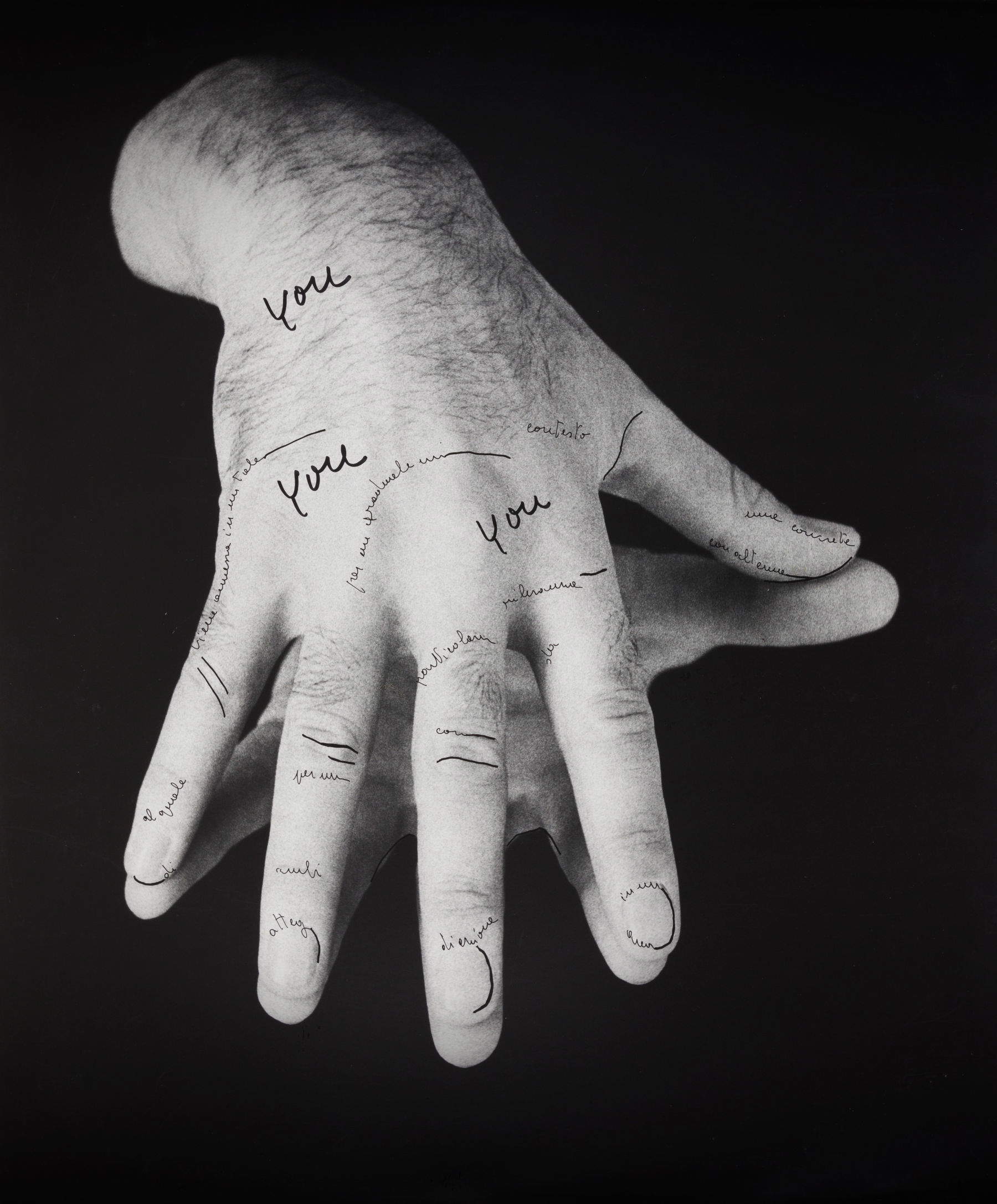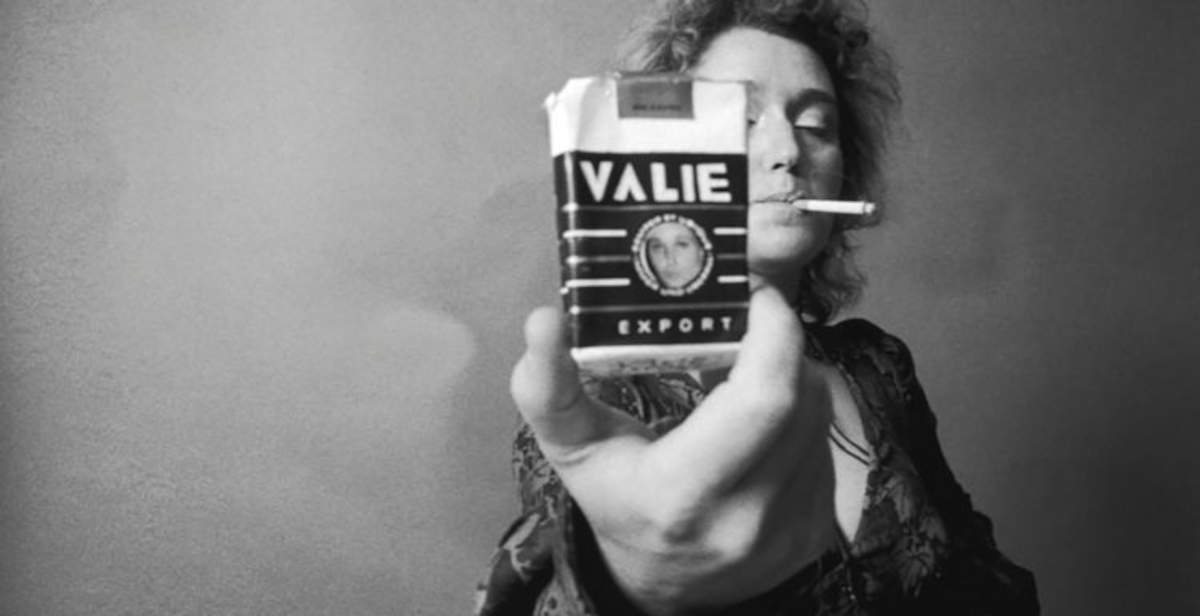Thaddaeus Ropac Milan gallery presents Body Sign, its second exhibition since its opening, from December 16, 2025 to February 28, 2026, staged in the spaces of Palazzo Belgioioso. The exhibition project, curated by Andrea Maurer and Alberto Salvadori in collaboration with Studio VALIE EXPORT and theKetty La Rocca Archive, offers a direct confrontation between two central figures of European conceptual art of the 1960s: VALIE EXPORT and Ketty La Rocca. The opening is scheduled for Tuesday, Dec. 16, from 6:30 to 8:30 p.m. The path of the exhibition starts from a consideration shared by the two artists, both of whom were committed to defining new ways of representing the female body within a patriarchal cultural system. Although they work in different cities and contexts, Vienna for EXPORT and Florence for La Rocca, their research develops important points of contact. Both understood the body as a field of action and as a linguistic tool, analyzing the distance between public and private expressions and highlighting the need to expand the space for women’s intervention in cultural debate. EXPORT recalled how in those years it was necessary to “develop other forms of language outside the male-dominated system,” while La Rocca observed that women were forced to employ a foreign and hostile language.
In their works, the body becomes a means of crossing, contradicting or expanding the codes of visual communication. Hands, a recurring element in both of their researches, assume a central role as the primary perceptual organ and vehicle of nonverbal meanings. In Appendix for a Plea (1972), La Rocca explores the potential of gesture through a sequence of movements made by male and female hands, defining gesture as an immediate and universal language. EXPORT, in Tapp und Tastkino (Touch Cinema, 1968), invites the audience to touch her breasts through a box that transforms the torso into a touch screen, pushing the performance beyond the visual dimension traditionally associated with cinema. The artist defines the work as an exploration of the body as cinematic material, in which skin replaces the screen and engages the viewer in a direct physical experience. The intervention also questions the voyeuristic dynamic with which the female body is observed in the media. This focus on physicality contrasts with the dematerialization of the art object typical ofconceptual art.


By including the body in semiotic reflection, EXPORT and La Rocca expand the boundaries of the discipline. The two artists also intervene in urban space through actions that question its rules and devices. La Rocca’s experiments with Gruppo 70, active in the Florentine context, used the street as a site for the dissemination of poems, collages and linguistic signs intended for an unprepared audience. During Approdo, La Rocca and members of the group applied modified road signs along the A1 highway to Florence, with works such as Engagement (1967), featured in the exhibition, introducing linguistic overlays capable of challenging the authority of signage. EXPORT, on the other hand, in Body Configurations (1972-82) photographs his own body as it adapts to the edges, recesses and corners of the Viennese urban environment. The artist’s poses take on the function of measuring or indicating instruments, suggesting how identity is conditioned by the architectural forms and physical boundaries of the city. The use of black and red strokes accentuates the relationship between figure and space. EXPORT defines these configurations as an external visualization of inner states through physical dialogue with the environment.
The exhibition also addresses the relationship between language and identity through sculptures and photographic works. La Rocca’s research on alphabetic presences, made in 1970, presents letters and punctuation marks translated into three-dimensional forms. In J with dot (three dimensions), the artist uses a letter excluded from the Italian alphabet, associating it with the French pronoun je and an idea of the subjective self. In the photographic work Con attenzione (1971), La Rocca portrays herself in bed with the sculpture, creating a short circuit between identification and distance with respect to language. The gaze directed at the viewer emphasizes the limits of language as a communicative medium. In parallel, in Body Sign B (1970), the series that gives the exhibition its name, EXPORT stages an act of reappropriation of the female body through the display of a garter tattoo made during the performance Body Sign Action. The work challenges the viewer and overturns the objectification of the body through the very use of the tattooed sign, invoked as an element of social semiotics.


La Rocca deepens the relationship between body and language in the series of Craniologies (1973), in which radiographic images of the skull are superimposed on photographs of hands, one with the index finger outstretched and the other closed into a fist, accompanied by the inscription “you, you, you.” The artist integrates interior and exterior, gesture and thought, emphasizing the fragility of each language system taken individually. La Rocca describes his method as an attempt to show how language has shaped and consumed the human face, while the hand expresses its immediate dimension. The exhibition thus analyzes how EXPORT and La Rocca questioned language understood as the dominant tool of patriarchy, using and diverting its codes to construct an alternative communicative system. By inserting their bodies into the territory of language and bringing language into the domain of the body, they reveal contradictions, possibilities and limits of these intersections.
VALIE EXPORT, who lives and works in Vienna, is recognized as a pioneer of conceptual photography, video art and performance art. Active since the 1960s, she assumed her stage name in 1967 and co-founded the Austrian Filmmakers’ Cooperative in 1968. She has participated in events of international significance, including documenta 6 and 12 and the Austrian Pavilion at the 1980 Venice Biennale. His works have been exhibited in institutions such as the MAK Center in Los Angeles, C/O Berlin Foundation, Albertina, Fotomuseum Winterthur, Kunsthaus Bregenz, Staatliche Kunsthalle Baden-Baden, Pavillon Populaire, Lentos Kunstmuseum Linz, Belvedere Museum and Centre Pompidou. EXPORT has taught at several universities, including the University of Wisconsin, the San Francisco Art Institute and the University of the Arts Berlin, and from 1995 to 2005 he held the chair of multimedia and performance at the Academy of Multimedia Arts in Cologne. She received the Roswitha Haftmann Prize in 2019 and the Frankfurt Max Beckmann Prize in 2022. The VALIE EXPORT Center Linz, founded in 2015, and the VALIE EXPORT FOUNDATION, established in 2023, are now landmarks for research on her work.
Ketty La Rocca, born in 1938 and passed away in 1976, is considered one of the most influential figures in Italian art between the 1960s and 1970s, active between Body Art, Visual Poetry and Conceptual Research. She participated in the Venice Biennale in 1972 and the following year was featured in the Photography Into Art exhibition at the Camden Art Centre in London. A retrospective was dedicated to her at the 1978 Biennale. Her work has been featured in numerous exhibitions devoted to the relationship between art and feminism, including Wack! Art and Feminist Revolution at MOCA in Los Angeles and Woman: feminist avant-garde in the 70s at GNAM in Rome. Her works have been exhibited at the Museum of Contemporary Photography in Chicago, EMMA in Espoo, MAMbo in Bologna, Tate Modern, Hamburger Kunsthalle, LE BAL/Jeu de Paume, Kunsthaus Graz, MAMAC in Nice, Kunsthalle zu Kiel, Museion in Bolzano, Kunsthalle Schirn in Frankfurt, Albertina and MoMA PS1 in New York, among other venues. Her works are now in museums such as the Centre Pompidou, the Museum of Modern Art in New York, the Museum of Contemporary Art in Los Angeles, the Museum Ostwall in Dortmund, the Uffizi, the Galleria Nazionale in Rome, and the Mart in Rovereto. She was recently dedicated the solo exhibition Ketty La Rocca: you you at the Estorick Collection in London.
 |
| Two feminist visions in dialogue: VALIE EXPORT and Ketty La Rocca at Thaddaeus Ropac |
Warning: the translation into English of the original Italian article was created using automatic tools. We undertake to review all articles, but we do not guarantee the total absence of inaccuracies in the translation due to the program. You can find the original by clicking on the ITA button. If you find any mistake,please contact us.